Aviation Security
Aviation Security is a technical area that deals with the threats posed by those who mean harm to civil aviation and the security measures to stop them – risk management.
It combines highly technical areas, such as using advanced security screening equipment, and the interface with our workforce, who make security critical decisions. The objective is to create an aviation system that is safe and secure whilst allowing aviation to flourish.
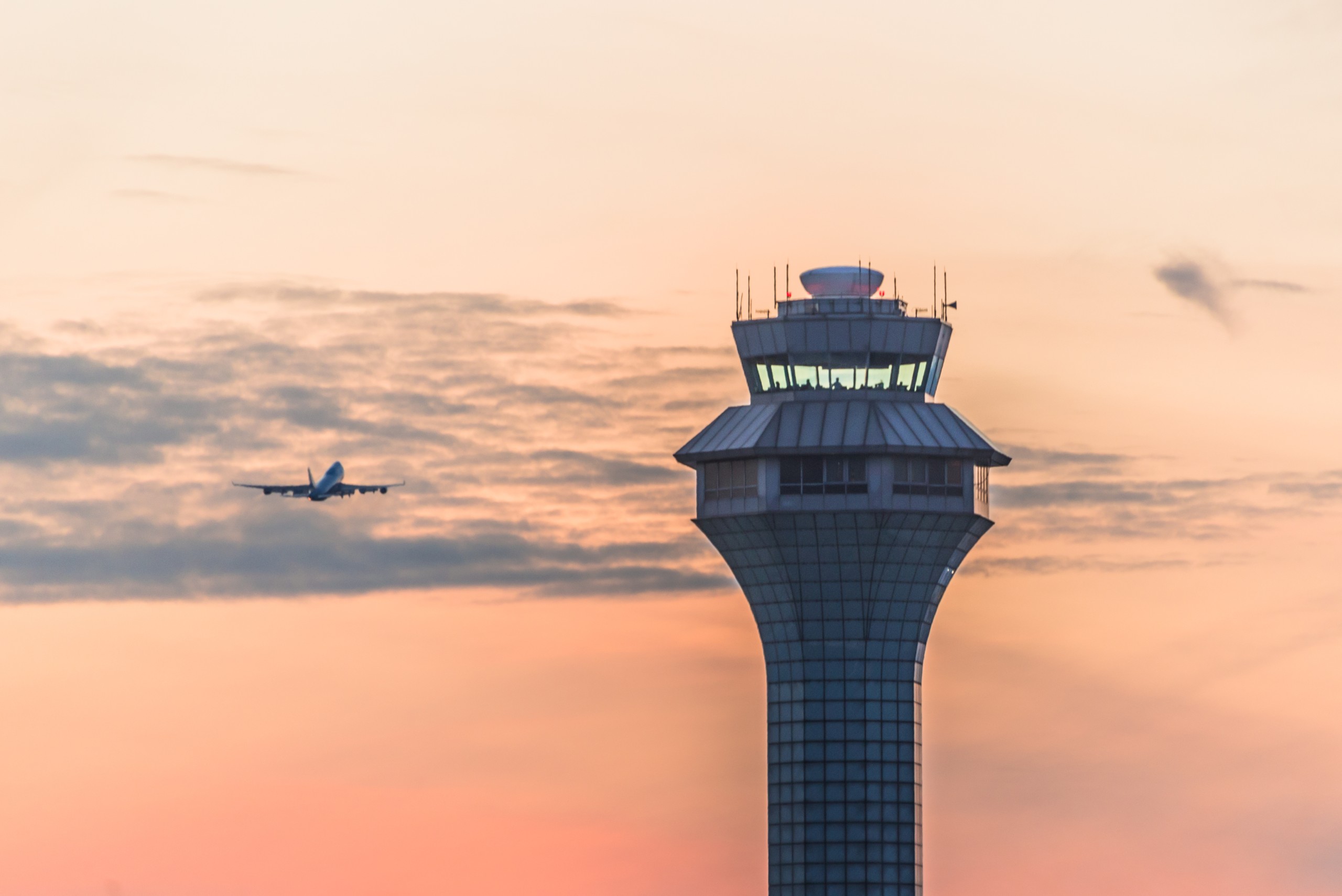
What is our role here?
The Department of Transport (DfT) and Civil Aviation Authority (CAA) work closely together on aviation security matters.
The DfT lead on aviation security policy, with the CAA undertaking the regulation and oversight of the aviation industry for security purposes. This includes the development of regulation, technical innovation and testing and understanding human performance.
Aviation crosses borders and we therefore work closely with partner organisations, both in the UK and internationally to collaborate to keeping aviation safe.
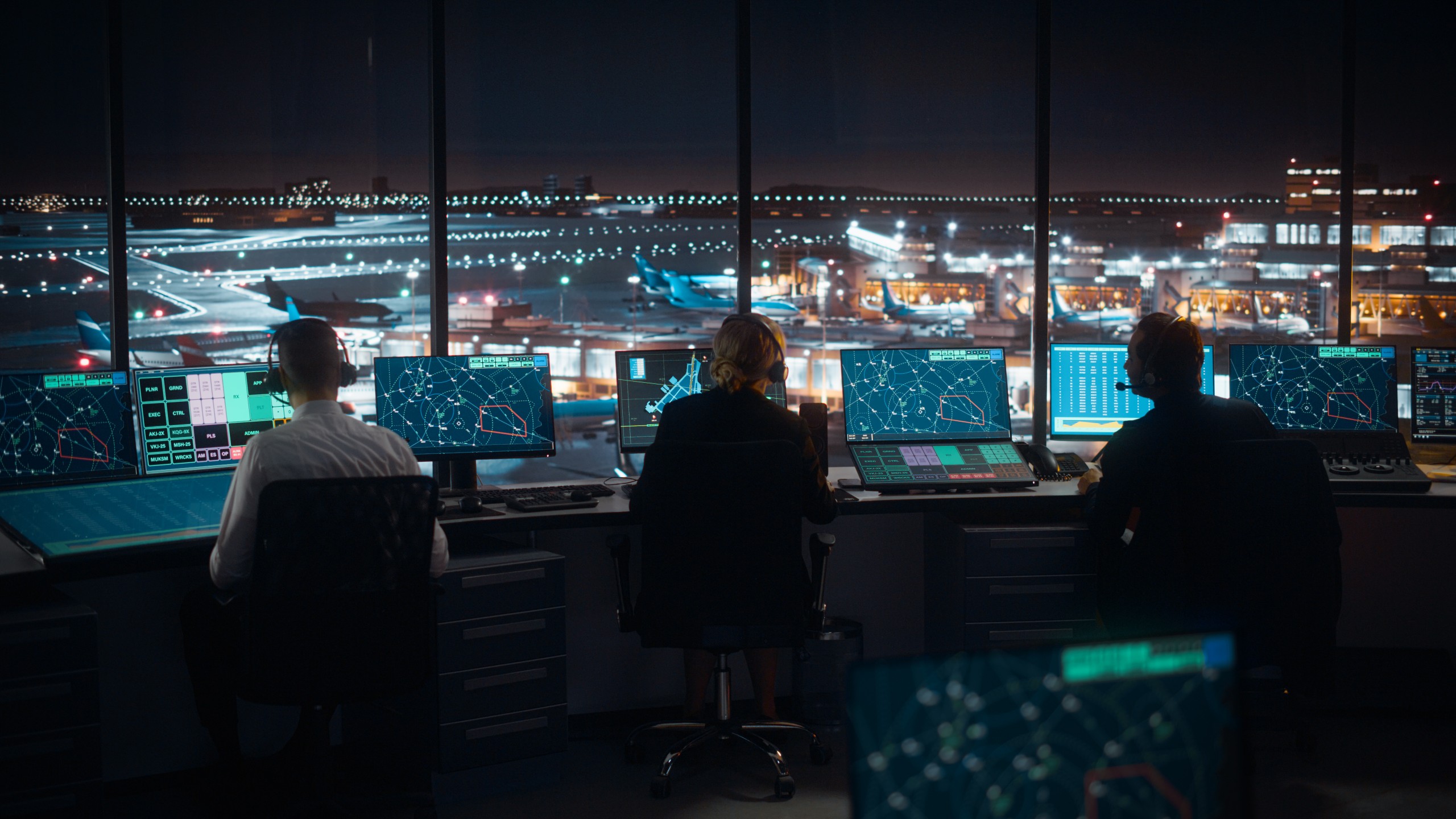
What does the future of aviation security look like?
Innovation and technology remain fast developing areas for aviation security, including the more recent used of Computed Tomography technology in cabin baggage screening.
This equipment combines the use of automated algorithms and 3D images to allow the screeners to assess each image thoroughly. The integration of semi-automation technology at security checkpoints includes the use of automated tray reject/return systems, secondary image viewing stations and standalone security equipment, such as explosive trace detection (ETD).
Useful Links
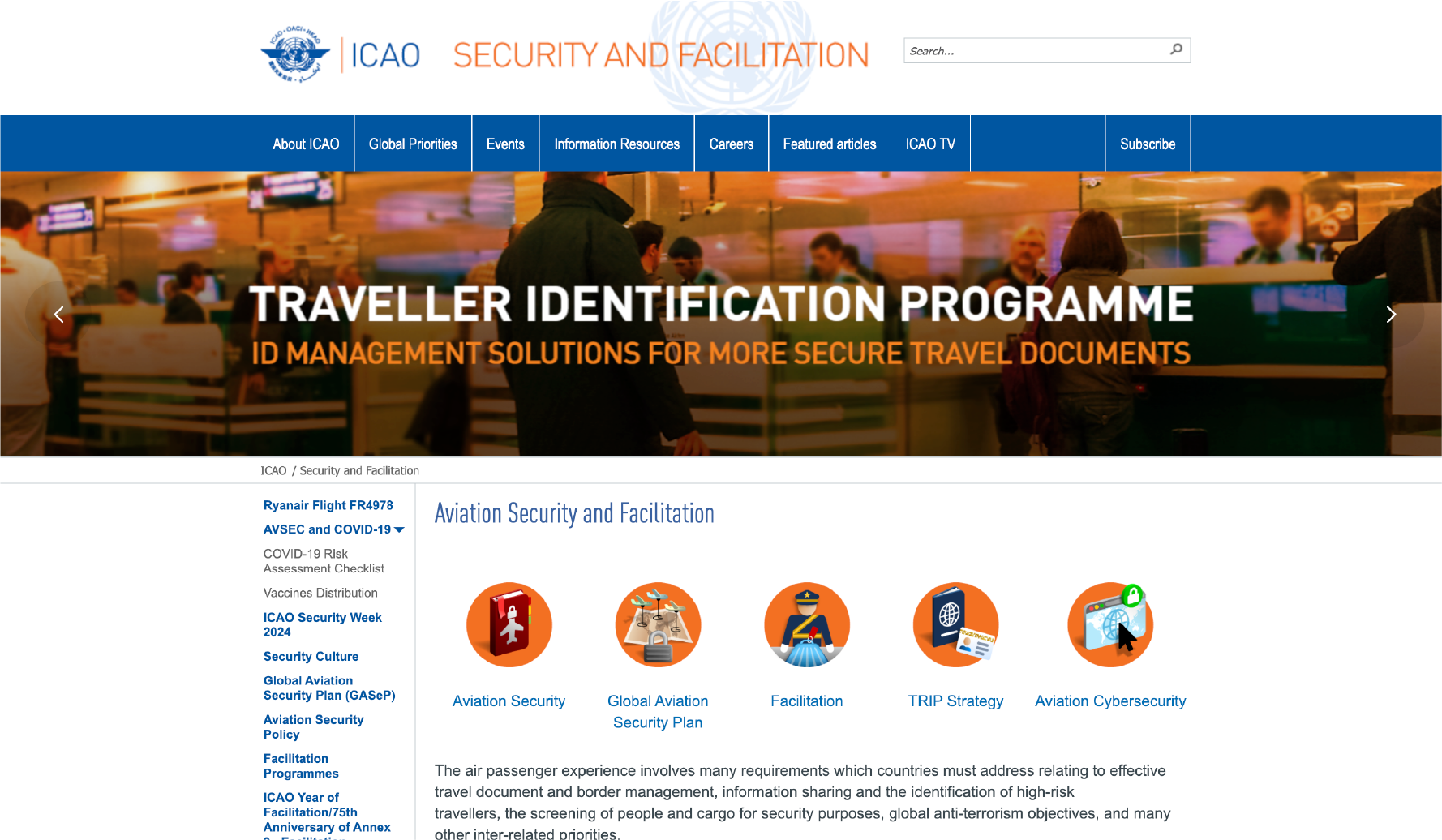
ICAO: Aviation Security and Facilitation
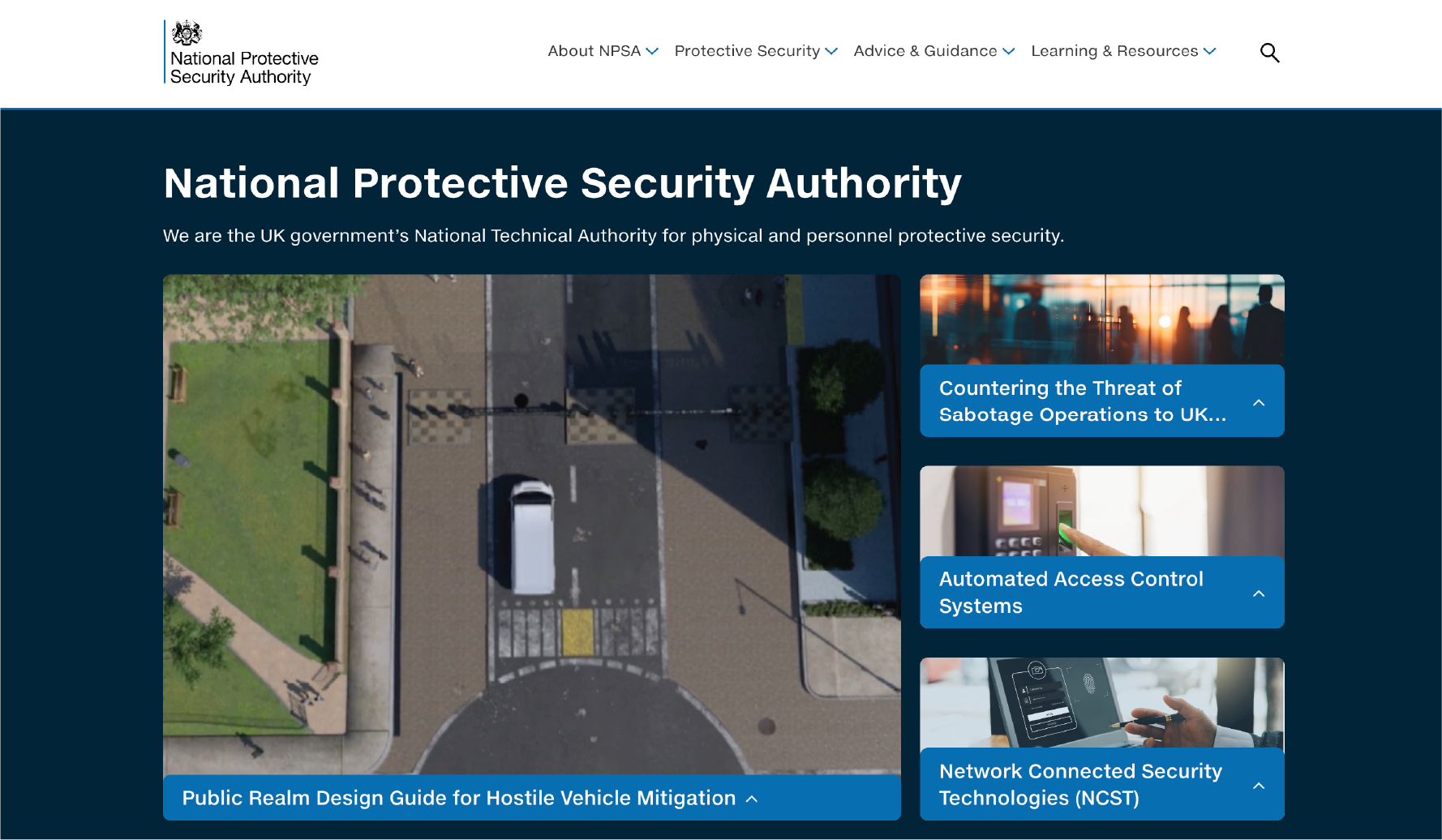
National Protective Security Authority (NPSA)
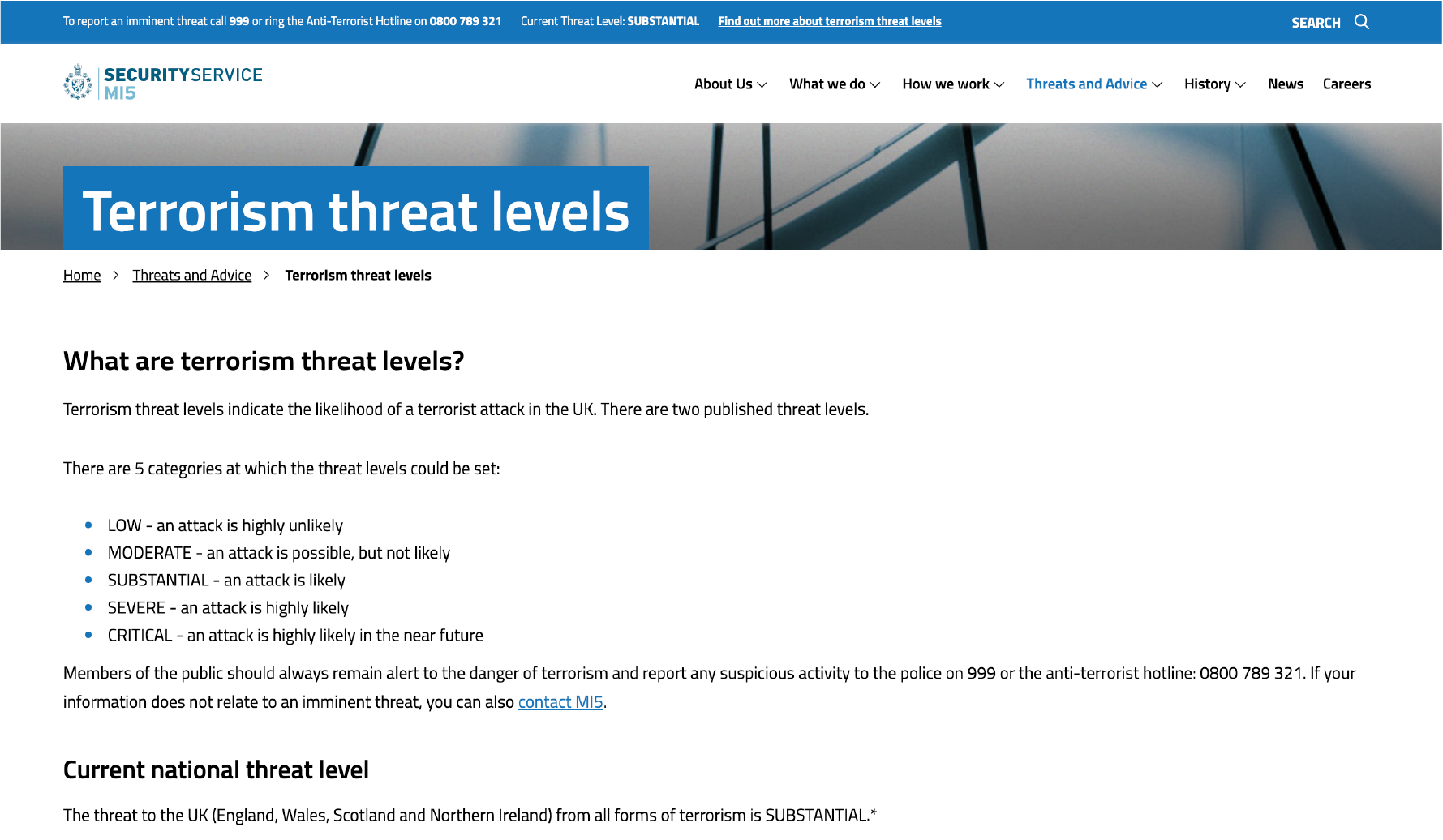
MI5 – Threat Levels
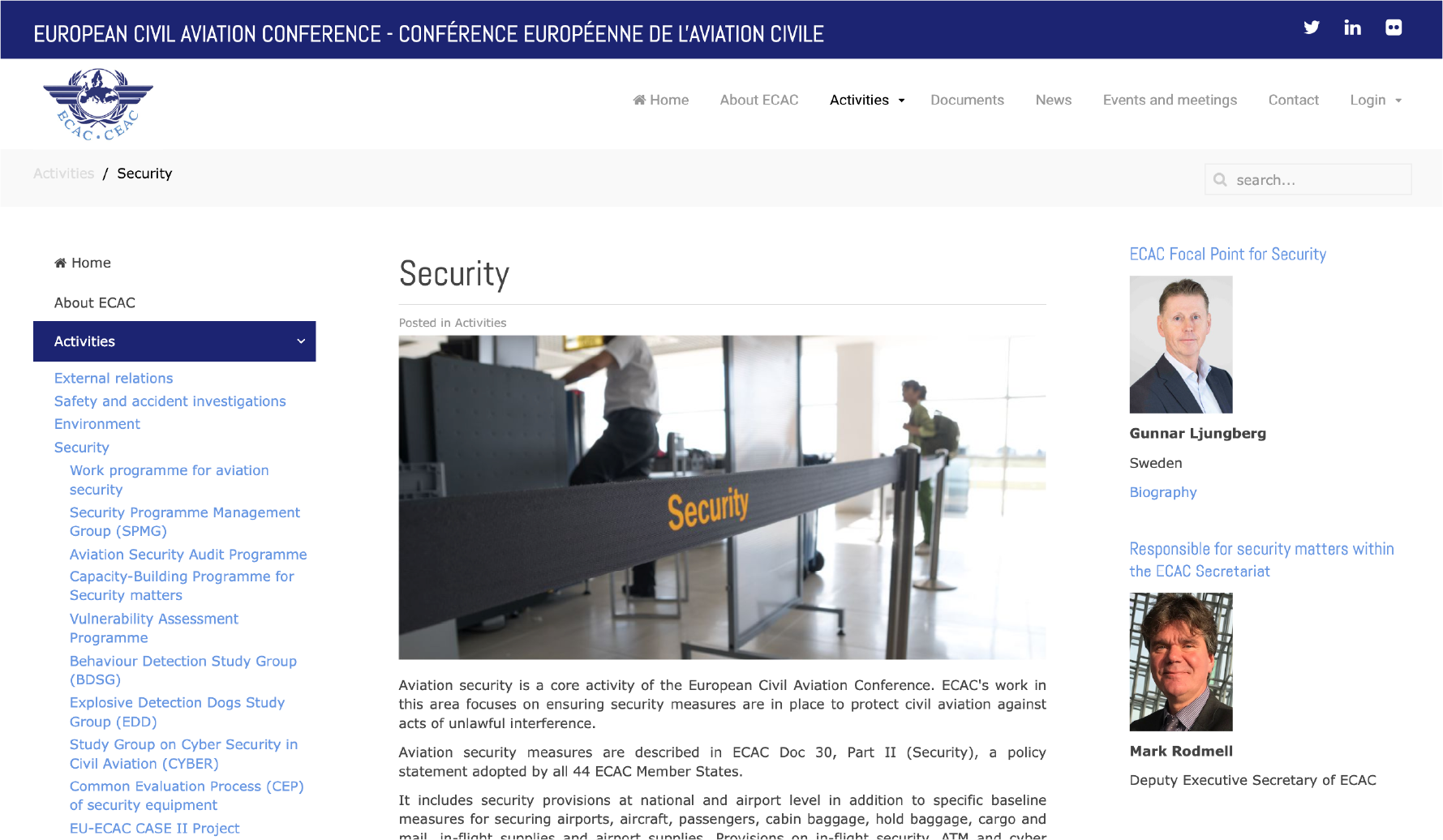
European Civil Aviation Conference (ECAC) – Security
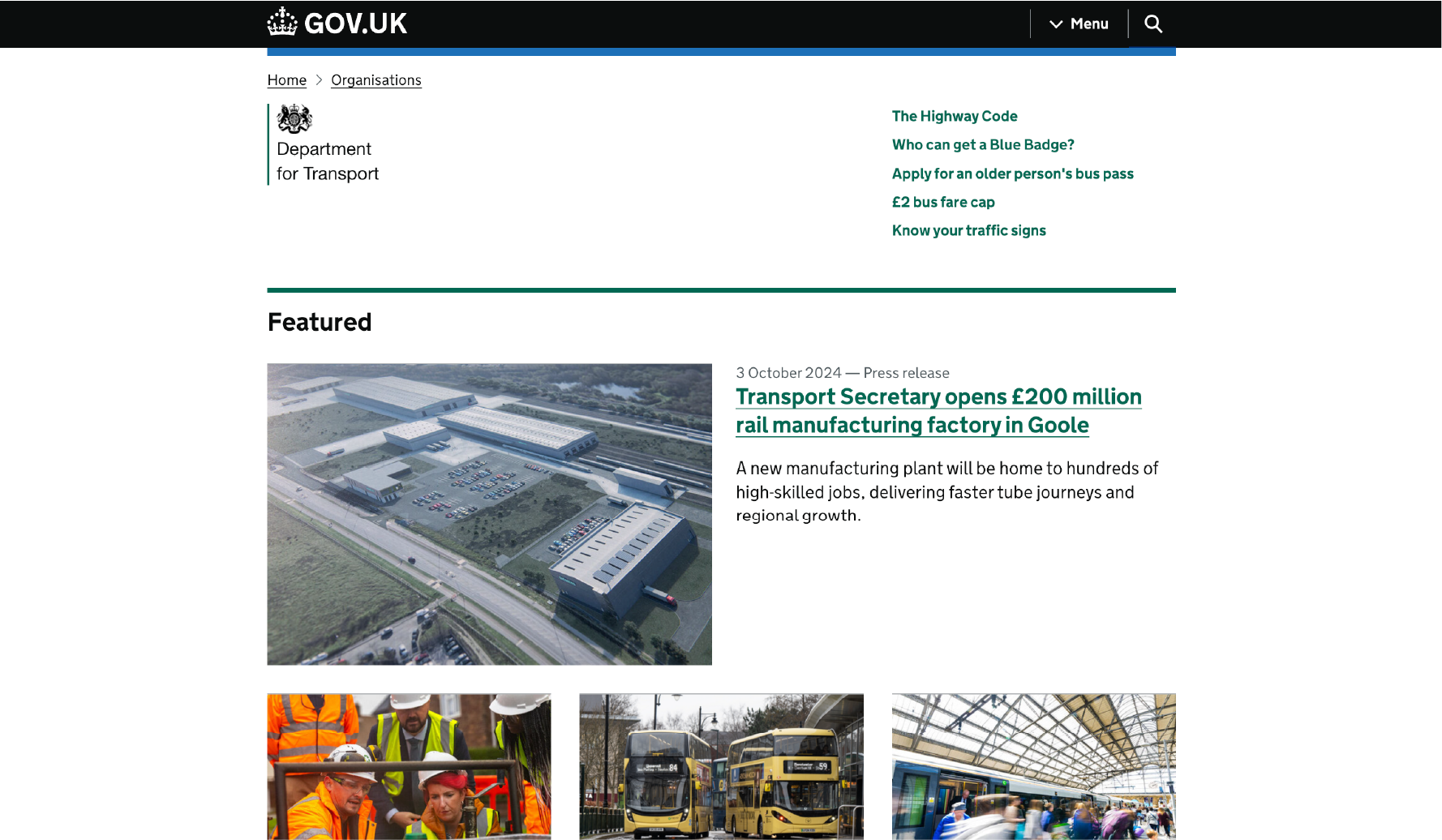
DfT – Department for Transport
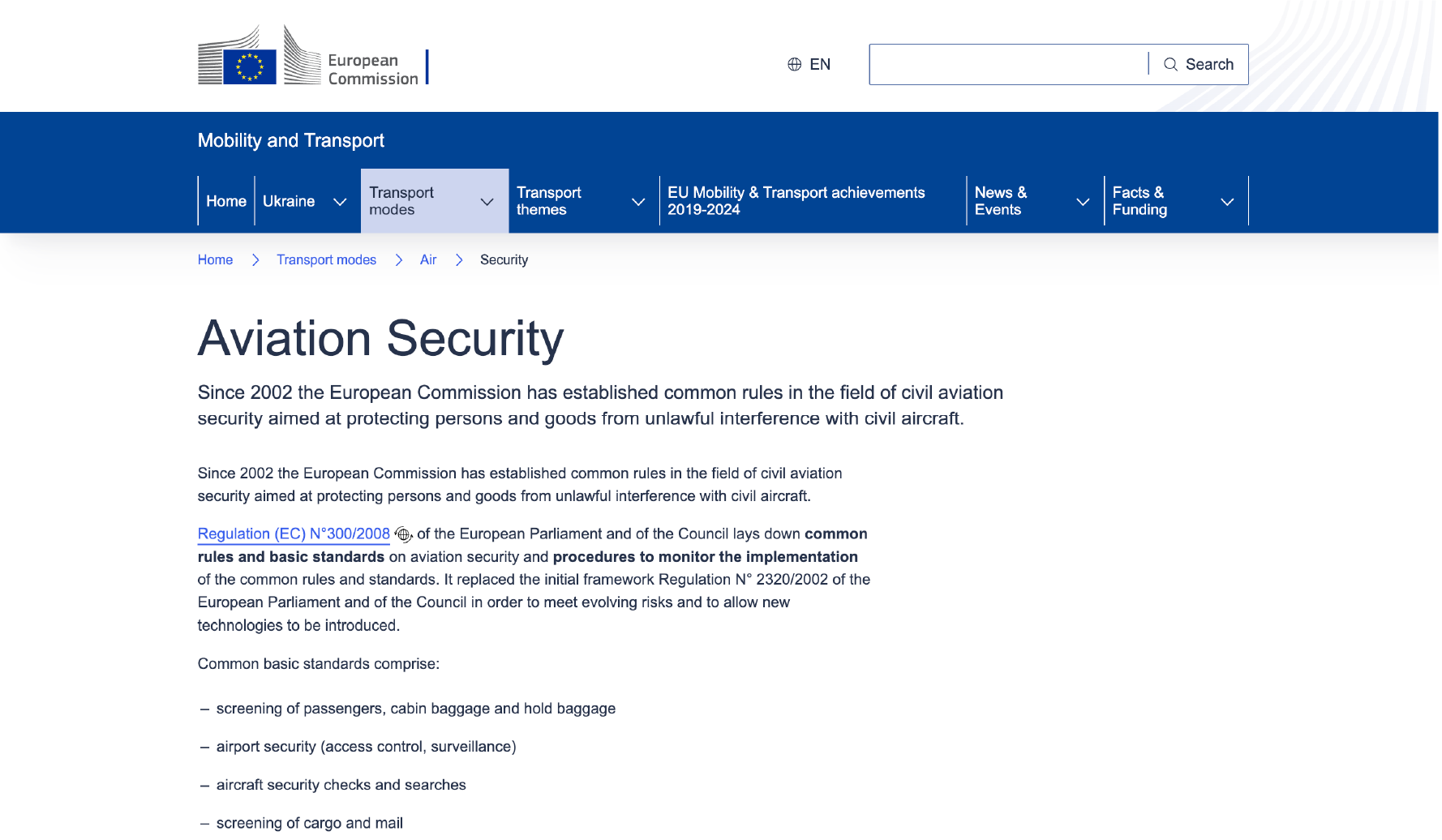
European Commission – Aviation Security